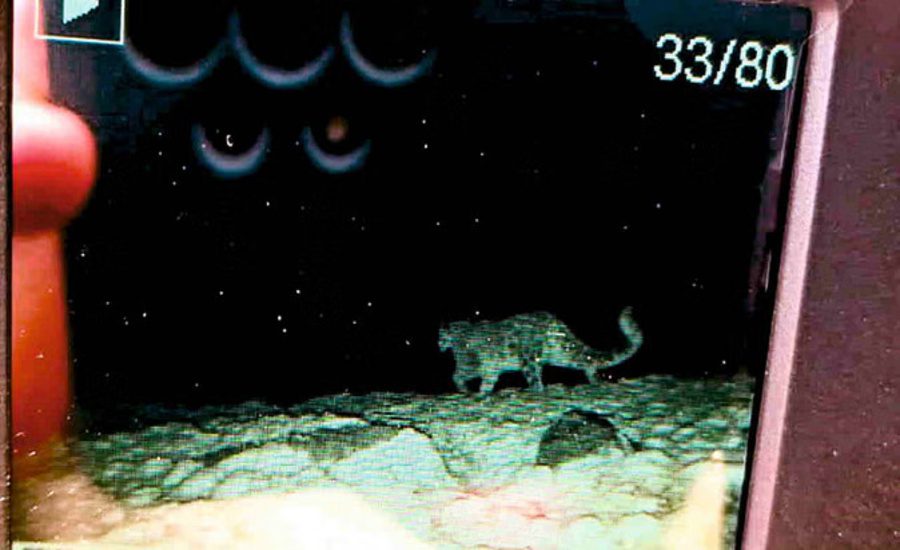Good news has emerged from Kedarnath Wildlife Sanctuary (KWS) with the capture of a snow leopard’s photograph through a camera trap installed for research purposes. Known for its rich biodiversity, KWS is currently under a study assessing the status and abundance of large mammals, conducted by the Forest Department in collaboration with WWF and the National Conservation Foundation.
The study involves installing a grid of 100 camera traps across the sanctuary to monitor wildlife species, including carnivores and herbivores, and estimate their population density. This recent sighting marks a significant confirmation of the presence of snow leopards in the sanctuary.
Previous Traces of Snow Leopard in the Region
Previously, in 2016, snow leopard footprints were recorded in the Madmaheshwar valley and Kasnital areas of KWS. Additionally, a 2023 study by the Wildlife Institute also indicated the presence of this elusive big cat in the region.
The ongoing research is expected to provide vital data for the conservation of snow leopards and other wildlife species in Kedarnath Wildlife Sanctuary.
About Kedarnath Wildlife Sanctuary
Kedarnath Wild Life Sanctuary, also called the Kedarnath Musk Deer Sanctuary, is a wildlife sanctuary declared under Wildlife Protection Act, 1972 and located in Uttarakhand, India. Its alternate name comes from its primary purpose of protecting the endangered Himalayan musk deer.Consisting of an area of 975 km2 (376 sq mi), it is the largest protected area in the western Himalayas.It is famous for alpine musk deer, Himalayan Thar, Himalayan Griffon, Himalayan Black bear, Snow Leopard and other flora park and fauna. It is internationally important for the diversity of its flora and fauna (particularly of ungulate species).




























